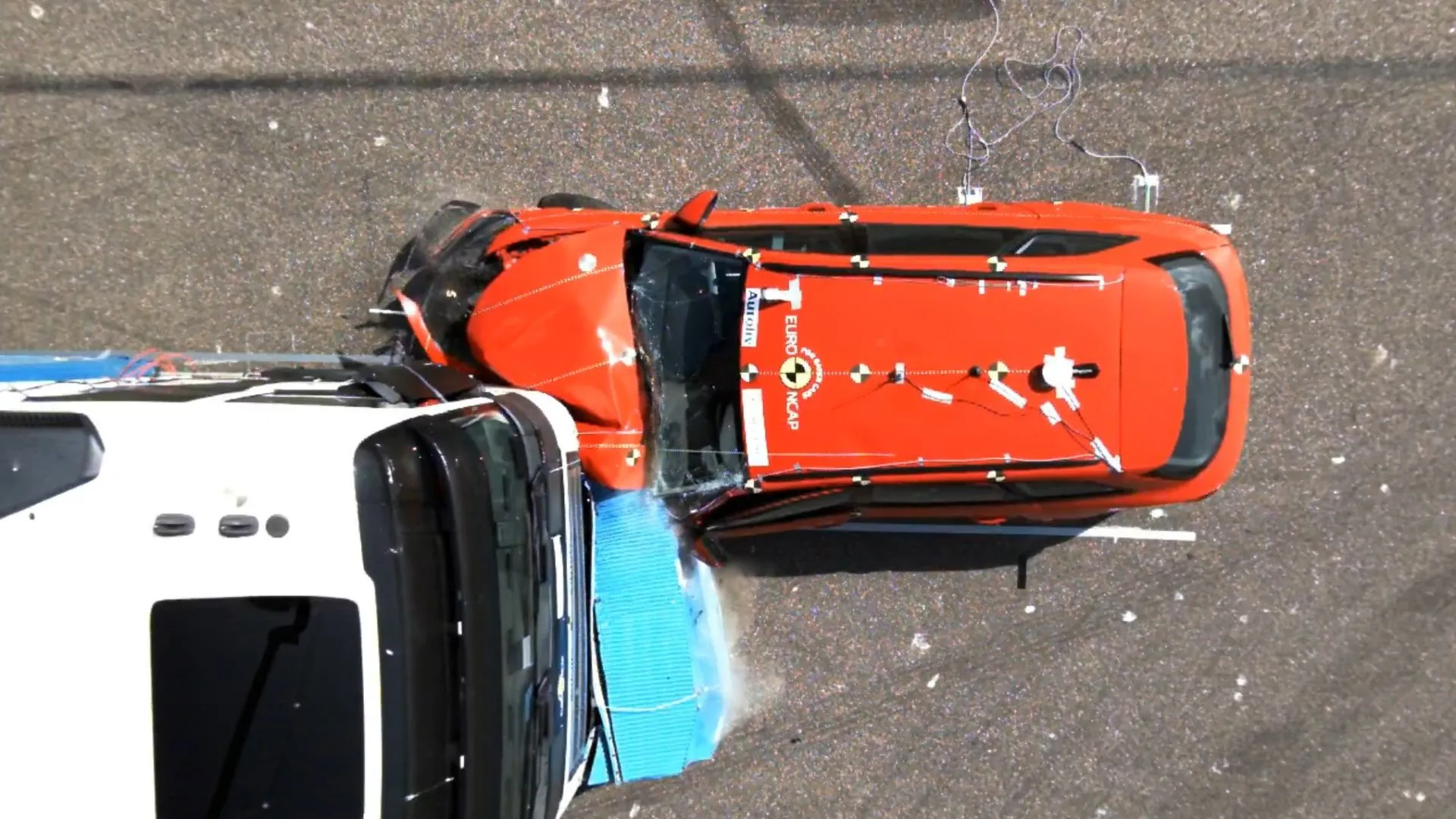Researchers at Sweden’s Chalmers University of Technology have made a breakthrough in road safety by developing a new truck front designed to mitigate the deadly severity of car-truck collisions. This innovation comes after revisions to European Union regulations loosened restrictions on truck length, creating space for potentially life-saving design changes. The new design shows promise in crash tests conducted by the Swedish Transport Administration (Trafikverket): better truck fronts could reduce passenger car compartment deformations by 30-60%, significantly reducing the risk of injury or death for car occupants.
Heavy goods vehicles (HGVs) are inherently more dangerous to passenger cars in collisions. Between 14-16% of all car occupant fatalities in both the EU and the US involve HGVs, and the occupants of the car are the victims in 90% of these incidents. Large trucks’ geometry, stiffness, and sheer mass drastically increase crash severity compared to car-on-car impacts, even at moderate speeds.
Current safety standards assume two modern passenger cars with the highest safety ratings will withstand an 80 kph collision without fatalities. Still, the same isn’t true for vehicles striking a truck. The challenge lies in the size and structural rigidity mismatch between trucks and cars. Even at moderate collision speeds, the consequences can devastate those in passenger vehicles.
The Chalmers University of Technology team focused on a critical point – protecting the passenger car’s cabin in a head-on collision. Traditional truck designs don’t allow this, so the research aimed to transform how trucks and cars interact during crashes.
The innovative new truck design puts safety at the forefront. It incorporates features like an energy-absorbing aluminum honeycomb structure designed to distribute and reduce impact forces. Thanks to revised EU regulations relaxing previous truck length limits, designers now have greater flexibility to implement these safety features. Researchers are also exploring ways to optimize the truck’s front, aiming to deflect cars away from the truck’s forward path and further enhance safety measures.
The Swedish Transport Administration’s unique crash tests validated the new truck design’s effectiveness. Researchers emphasize that the tests simulate a collision where emergency braking systems reduce both vehicles’ original 80 kph speed by 30 kph.
“A truck is involved in every fifth fatal accident in road traffic,” notes Rikard Fredriksson, Senior Advisor at Trafikverket. “Even though trucks only account for 6 percent of the traffic volume in Sweden, around 45 people die a year in traffic accidents involving heavy trucks. The goal is to develop a standard for crash tests for trucks that can be introduced in Euro NCAP’s consumer tests in 2030.”
“We know that providing a distributed force over the struck car would allow its crash structures to perform more efficiently. From the first test, we could also see that the energy levels observed were high and better energy absorption by the truck was needed. Another challenge was also trying to direct the car away from the truck’s forward path”, says Professor Robert Thomson, Division of Vehicle Safety at Chalmers University of Technology.
The research team continues refining the truck front design in collaboration with the automotive industry to create a new standard for truck crash testing. This innovation holds the potential to revolutionize road safety and reduce the tragically high number of fatalities in mixed-vehicle collisions.

